Learn specific landscape painting skills with a selection of written tutorials on focused topics. Each lesson is only $5.00 and includes numerous step-by-step progression images of a painting demonstration, with detailed explanations of each step.
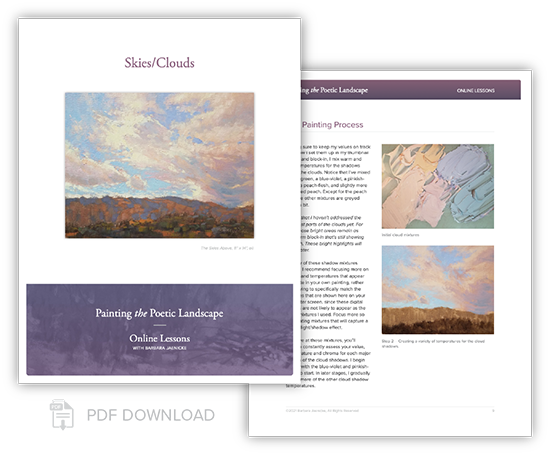
While the video-based courses allow you to see how Barbara lays down the marks on the painting, this collection of written instruction provides more clearly detailed information behind each stage of a painting, which isn’t always verbalized completely during filmed demonstrations. This gives you the opportunity to understand more of the what, why, and how behind each step.
NEW: Previously offered with personal critiques, these written tutorials are now offered by themselves at a very affordable price of $5 each!
Each written tutorial contains a thorough explanation of the focused concept being taught, and includes numerous progression images of a step-by-step painting demonstration that you can follow at your own easel. Many lessons also include additional images that can help augment your understanding.
At $5 per written tutorial, you can try one or many and choose the skills and topics you most want to improve.
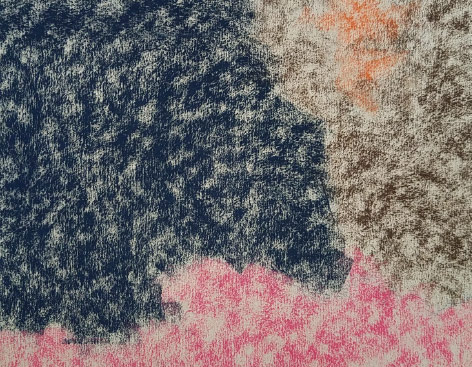
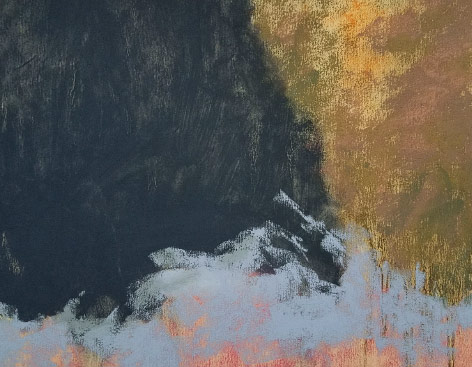
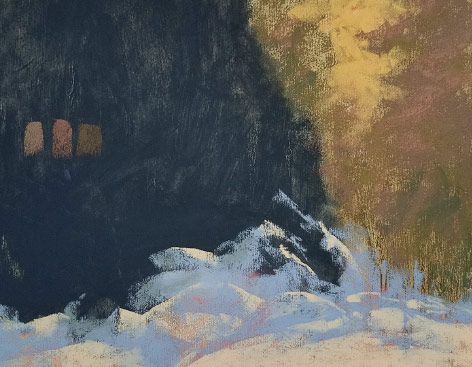
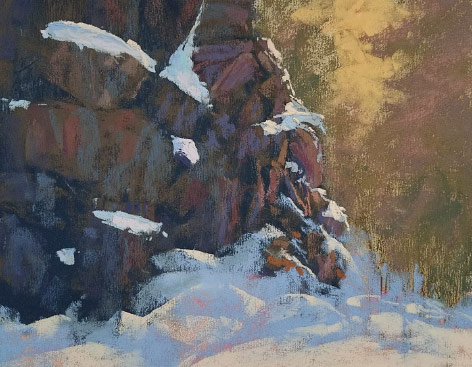
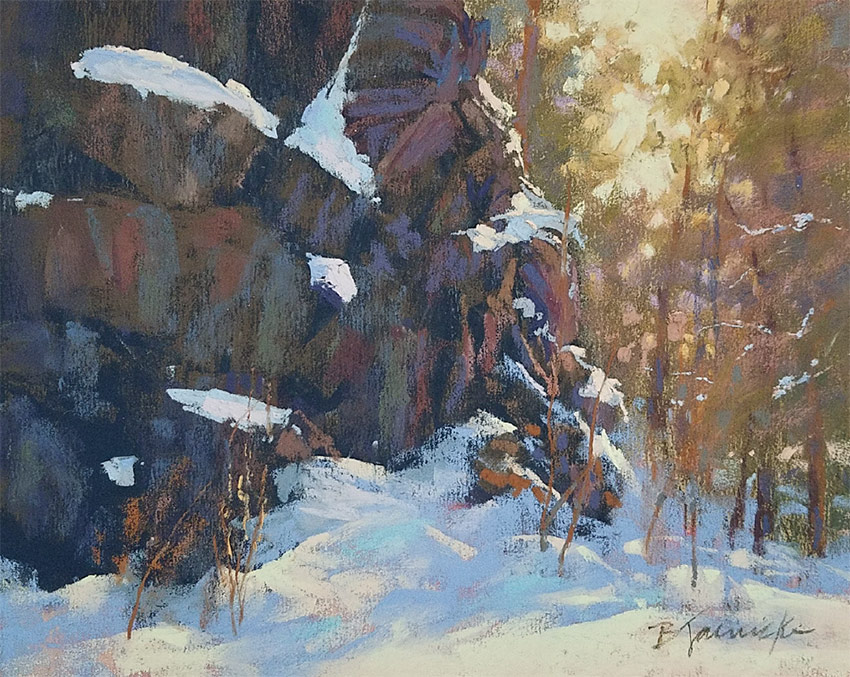
Written Tutorials are provided in a PDF format for instant download
Each Written Tutorial is demonstrated in either oil or pastel
Choose the skills and topics you feel you most want to improve
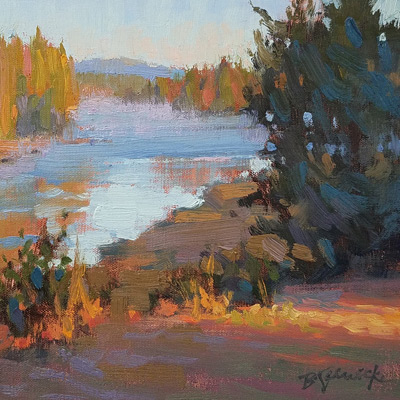
Morning light and late-day/evening light both tend to appear warm, strong and angled, creating dramatic contrasts between light and shadow. There is, however, a slight difference in color temperature between these two opposite times of day.
View the Tutorial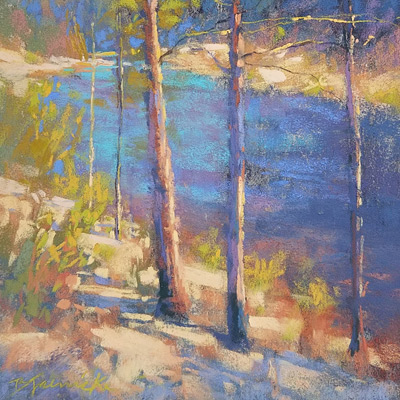
Landscapes that contain multiple tall, thin foreground elements such as trees can often cause artists to fall into the trap of creating overly rigid edges, resulting in a painting that has the appearance of stiff “cut-out-and-pasted” subject matter.
View the Tutorial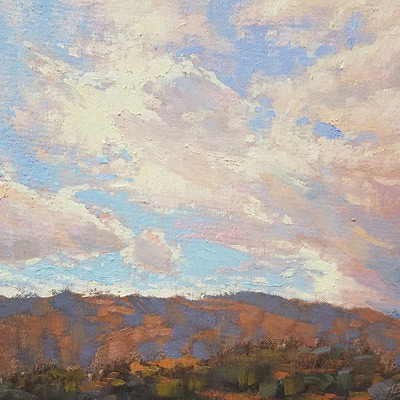
An enormous amount of light is illuminated from the sky during daylight hours, sometimes even on cloudy days. Artists often fall into the trap of painting only colors we initially perceive about the sky or see in a photograph, which never fully captures the intense light. But learning how to understand color relationships in the sky can allow you to capture a much more dramatic sense of light above the landscape.
View the Tutorial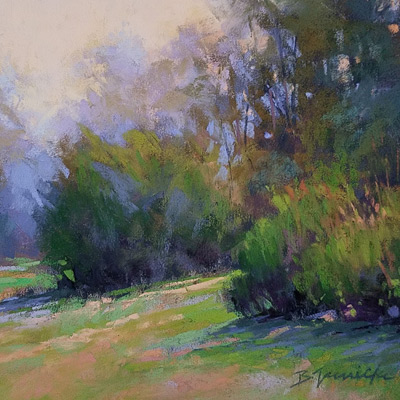
Greenery in the landscape tends to pose a challenge to many artists, especially during summer months in certain locations where green foliage is prominent. A strong understanding of color temperature will allow you to more effectively create color variety and drama, and capture a genuine effect of light and shadow on the landscape, while still allowing green foliage to appear green to the viewer.
View the Tutorial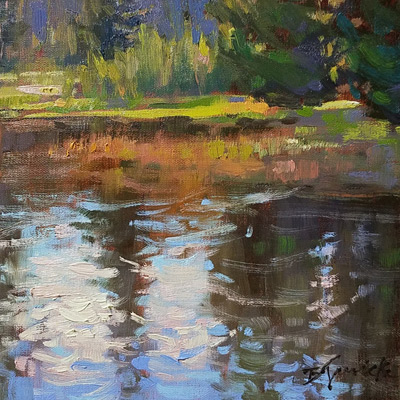
Since water can be highly reflective in the landscape, it often appears like a mirror, reflecting what’s above it or at the water’s edge. But disturbances that cause movement on the water’s surface can make it tricky to paint.
View the Tutorial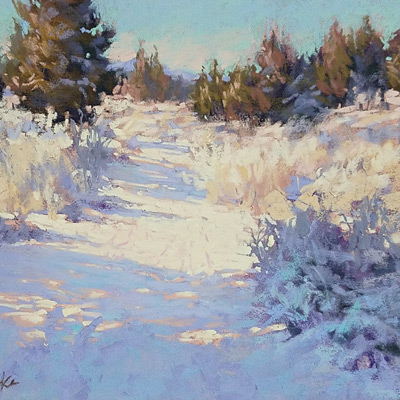
As with all shadows in the landscape, capturing accurate values for shadows in a snow scene can be challenging, especially when working from reference photos. Since there are additional reflective qualities that come into play when painting snow, important visual adjustments must be made in order to create a genuine sense of light and shadow. You may find it helpful to first complete the earlier lesson on Shadows, which pertains to shadows in a mostly green landscape, as it covers many basic principles about shadows in general, and technical tips on adjusting reference photos.
View the Tutorial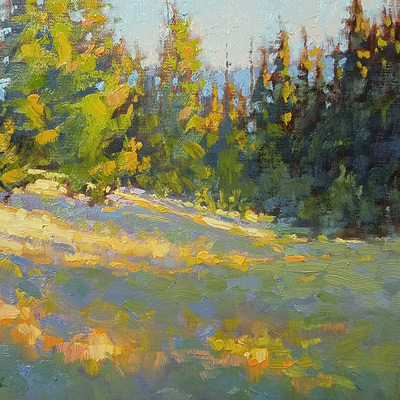
Shadows in the landscape are best observed outside on location, where you can see values more accurately. But when working in the studio from photos, which significantly darken shadow values, there are some helpful tools and general concepts to be learned for various landscape situations.
View the Tutorial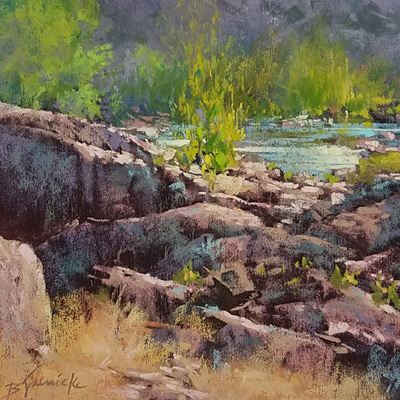
Rocks provide an ideal painting subject for the landscape artist, offering a plethora of textures and multifaceted surfaces for capturing a variety of light and shadow effects. Plus, they can be almost any shape or size, without appearing unnatural, allowing the artist to shape them as needed to accommodate a strong composition.
View the Tutorial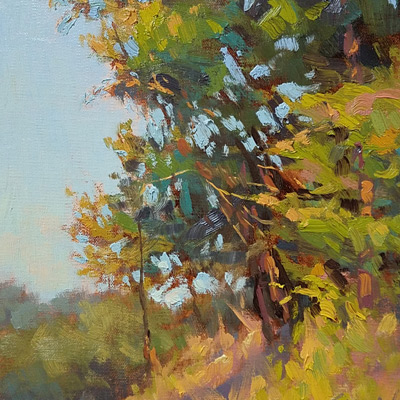
Setting up shapes and edges for trees in the landscape can vary depending on the type of tree and the season. This particular lesson will focus on deciduous trees with full “summertime” leaf foliage. Edges for this type of tree are handled differently than a leafless tree, or sparsely foliated tree, or certain pine trees (covered in separate lessons).
View the Tutorial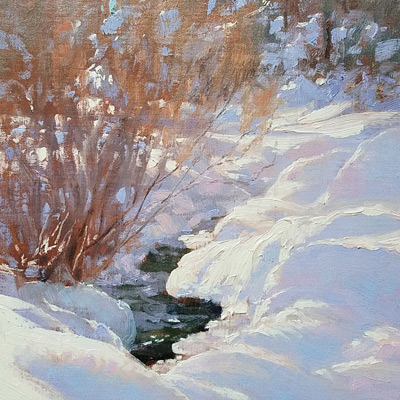
Learning to “key” your values enables you to portray very specific lighting scenarios in the landscape. By setting up your initial value structure as high-key, low-key or middle-key, you can skew your value range to one end of the value scale or the other, or evenly disperse it throughout the value scale, depending on the desired lighting scenario. It’s an important skill that puts you in control of the light in your landscape.
View the Tutorial©2024 Barbara Jaenicke. All Rights Reserved
If you have not yet submitted your work for a critique, you can do so by accessing the lesson page on the Member Dashboard.